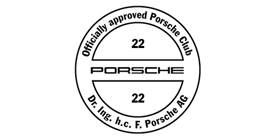Duffman502
New member
Hi all ive checked my battery and the charge is good as are the connections to the starter motor.
Is there anything else that would cause slow cranking its only happened in the past couple of weeks before that it started like a dream.
Regards joe
Is there anything else that would cause slow cranking its only happened in the past couple of weeks before that it started like a dream.
Regards joe









